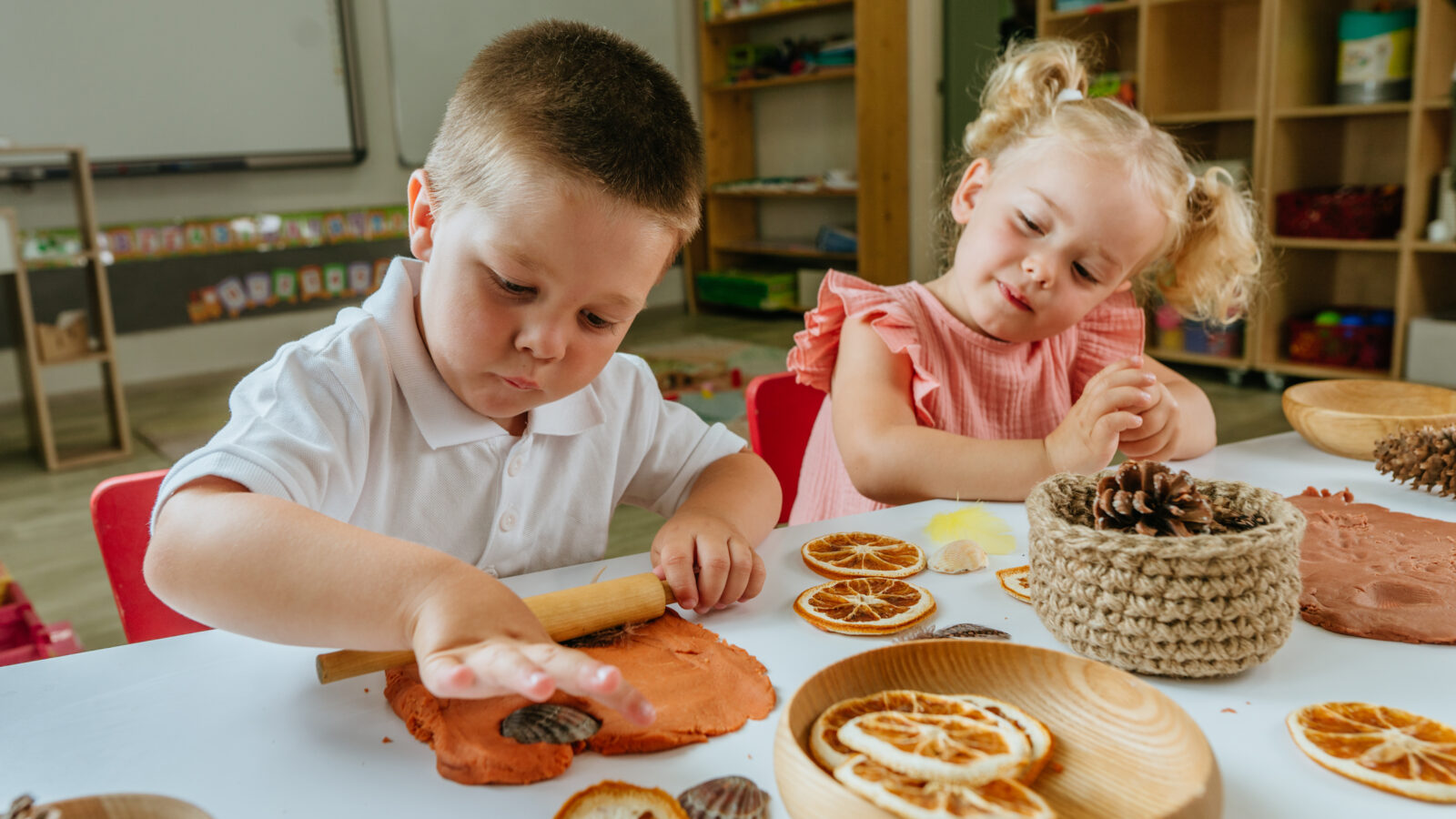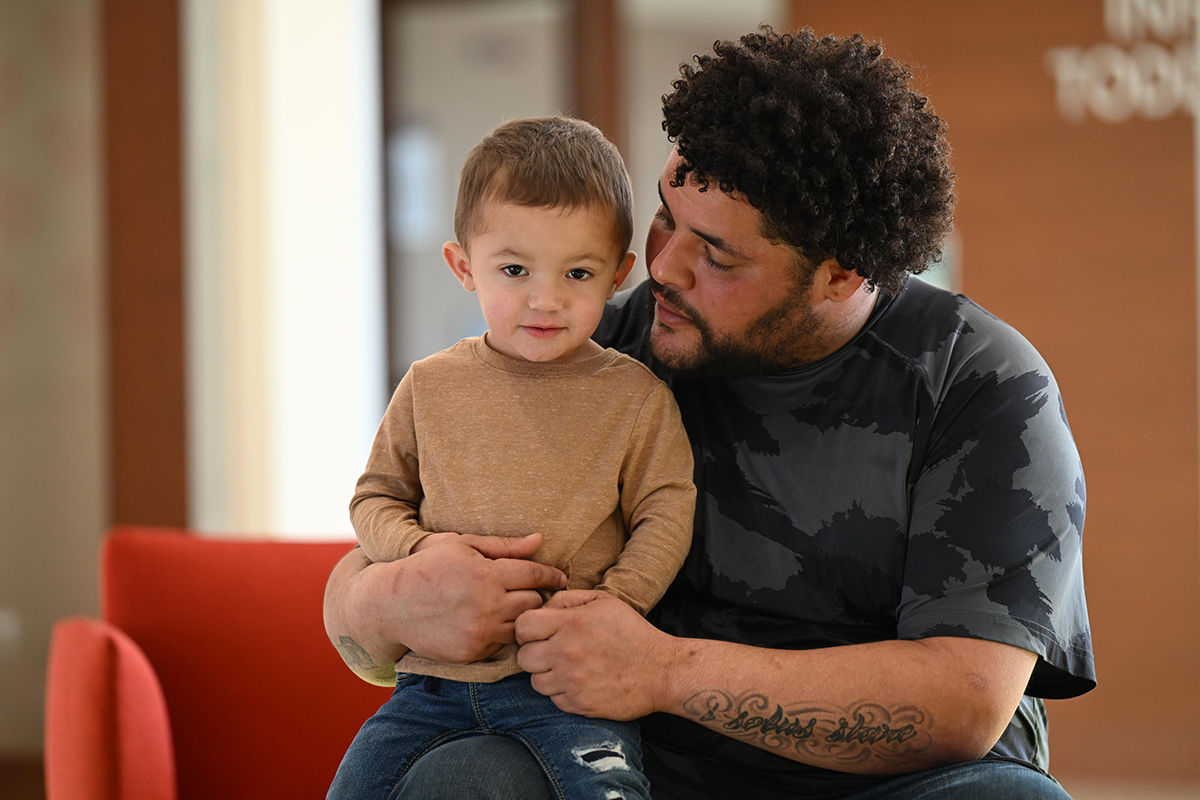Family-Style Dining: More Than Just a Meal

How did you eat growing up? Were you a part of a family that insisted everyone sit at the table and discuss your days without distraction, i.e., televisions, radios, phones? Well, it turns out your family was on to something, and they may not have known it then. Family-style dining can actually contribute to a child’s development, especially in an early childhood education setting.
Implementing family-style dining reflects a thoughtful and evidence-based approach to promoting positive child development. It creates an environment beyond the traditional view of meals as a mere necessity and transforms them into valuable opportunities for learning, connection, and the cultivation of essential life skills.
Family- Style Dining Benefits
- Independence: When children can sit in their seats and get up without assistance, they gain a sense of independence.
- Social Skills: Family-style dining promotes positive social interactions. Children learn to communicate, engage in conversations with others, and share, as in some cases children are provided the opportunity to pass around food to serve themselves.
- Healthy Eating Habits: Eating together for meals encourages healthy eating habits. Children are more likely to try new foods and develop a well-rounded palate when they observe others enjoying various nutritious foods. If they are serving themselves, they are more likely to have portion control.
- Language Development: Engaging in discussions during meals provides a natural setting for language development.
- Routine and Predictability: Consistent family-style meals create a routine and a sense of predictability for children. Knowing that mealtime is a time for connection and sharing provides a stable and comforting environment.
Many early learning facilities, including Catherine Hershey Schools for Early Learning, have implemented family-style dining into their classrooms. Meals are served at a table, with age-appropriate chairs and an adult-size chair for a teacher to join them. Teachers connecting with children in this informal setting builds trust and strengthens the teacher-child relationship.
Successful Implementation
- Use colorful and child-friendly dishware and utensils to make the experience visually appealing and ensure there are multiple sets of each.
- Have child-sized chairs to promote independence.
- Have a garbage can stationed nearby, as well as cleaning supplies (out of reach of children, of course)
- Create an environment that allows each child’s voice to be heard.
- Have a plan in place to be flexible to accommodate individual needs and preferences.
- Consider any dietary restrictions or cultural considerations to ensure an inclusive environment.
- Keep the routine consistent!
Beyond the Classroom
With all of this, one final tip: involve the child’s family. Actively involve them by sharing insights into their child’s participation in family-style dining. Provide information about the benefits of this approach and perhaps encourage them to incorporate similar practices at home.
Family-style dining becomes a routine and a holistic and enriching experience for children. It fosters a positive relationship with food, promotes social and emotional development, and establishes healthy habits that extend beyond the classroom into the home environment.




